7 Tips For Repairing Your Kids Ride-On Car
Many parents love seeing their children happily cruising around in their beloved ride-on cars, as ride-on cars are a common option as a toy gift for children. Children’s ride-on cars are popular because of their appealing appearance and enjoyable driving experience; however, it’s also necessary to purchase a high-quality kids car toy. Otherwise, you’ll have to spend more money unnecessarily on repairs or perhaps a fresh one.
It’s likely that your child’s ride-on car will break down due to external factors rather than the toy itself, even though it’s a fantastic ride-on car. At this point, parents should review the following tips on how to fix their children’s ride-on cars. Don’t worry, it won’t be as difficult as you expected.
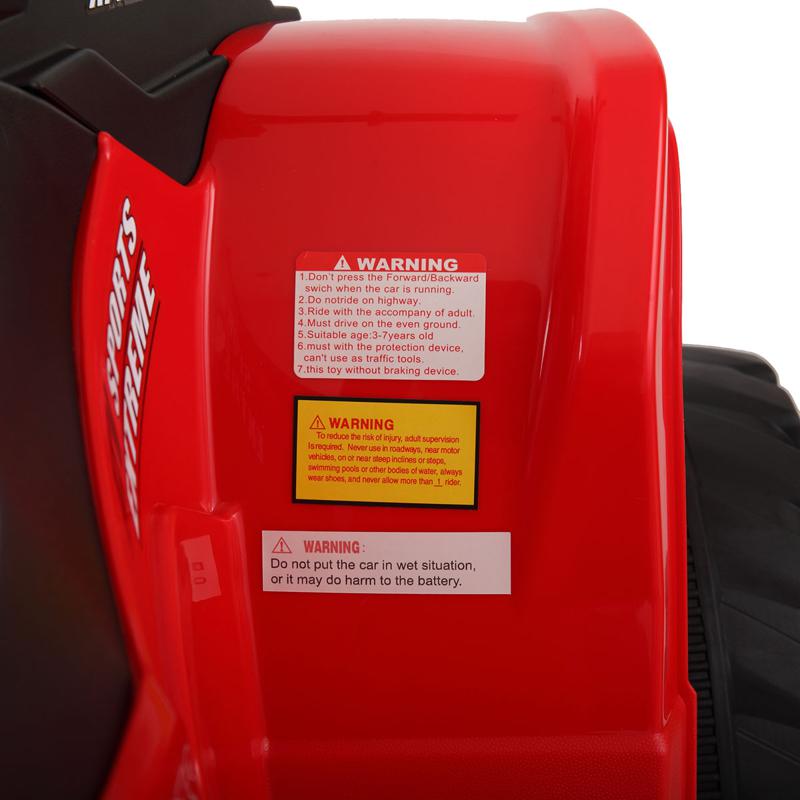
Determine the ride-on cars’ failure source and gather the required resources
Any popular and simple failures will cause your child’s ride-on car to stop working. As a result, you must prepare a volt multimeter to inspect the ride-on car and locate the failure; therefore, you can discover that it is a simple problem that you can easily resolve. Often it’s people who exaggerate minor issues and believe they can only be fixed by a professional. When your toy car breaks down, don’t rush to find a repairman to do these jobs for you; it will end up costing a lot of money.
Examine the ride-on cars’ batteries
Although it might seem unlikely that the ride-on car would malfunction due to batteries, some careless battery errors may cause problems. The first move is to measure the car’s battery with your volt multi-meter, and then double-check that you’re using the right battery with the right volt. The volt is determined by the ride-on car’s height. Meanwhile, inspect the terminals within the connector, as these may be the source of the issue. Some children’s ride-on cars, such as Tobbi’s, come with parental remote control. As a result, the positive and negative sides of the battery inside would be visible.
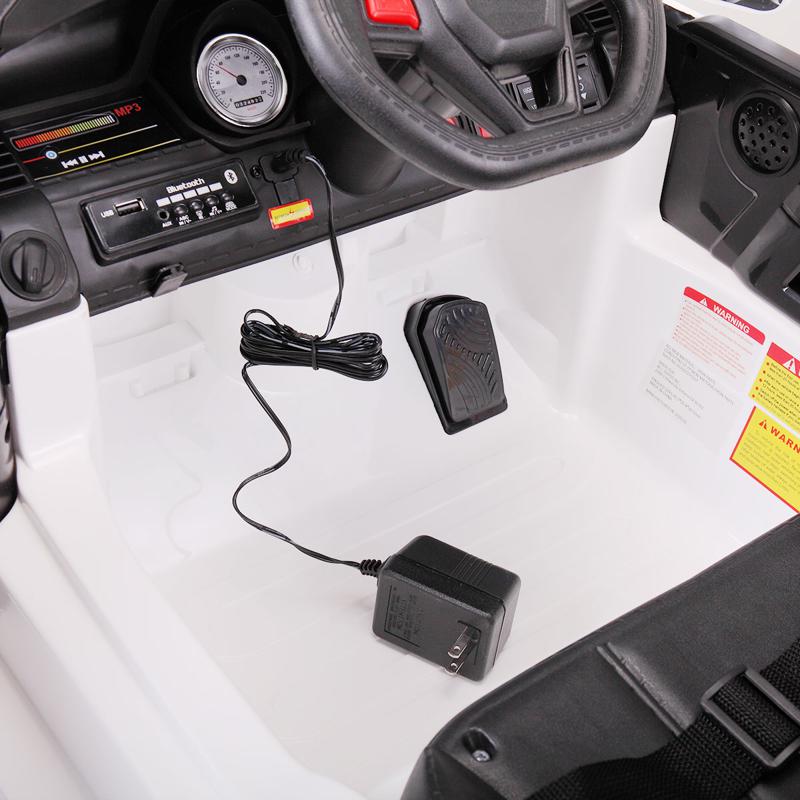
Keep an eye out for the ride-on cars’ accelerator and foot pedal
If your child’s ride-on car won’t accelerate, go forward or reverse, or even drive, the accelerator and foot pedal are most likely to blame. To test the foot pedal, first detach the foot pedal switch; if the motor is working properly, you will be able to tell if the foot pedal is broken. Once you know the pieces to consider, it’s almost as if you’re using an exclusive tool. Similarly, if your small car can only go forward or slowly, the problem is most likely the accelerator. You can check the attached wires inside the accelerator switch by disassembling it. Simply put, you’ll see different wires connecting to each turn, such as forward, reverse, and so on. After that, undo the wires, turn the key, and re-plug everything. If the ride-on car only runs at high speed when you turn the switch, it will only run at low speed, indicating that the switch is the issue.
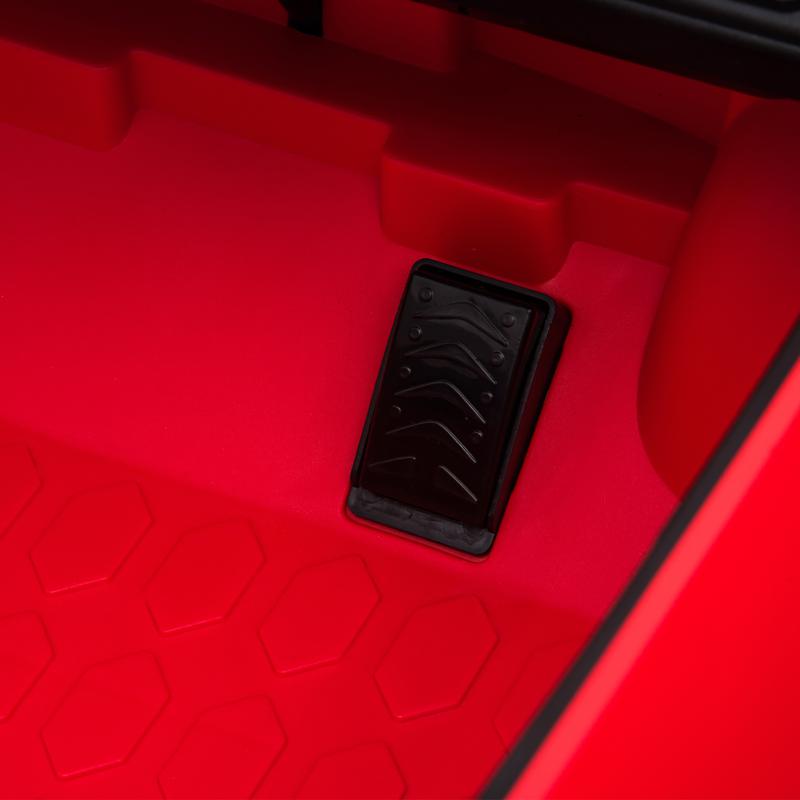
Ride-on cars charger should be updated
If you’ve checked your battery and it’s in good working order, your next suspect could be a battery charger. Check the positive and negative cables and wires after disassembling the charger. If your charger’s cables are causing you problems, it’s time to get a new one. Positive to positive and negative to negative must be followed when making contact between the connector and metal clips. It’s not uncommon for certain children or parents to charge the charger with the incorrect voltage, causing the charger to malfunction and eventually fail. The charger has two primary voltages: 12 and 6 volts. As a result, you must fit the correct voltage to your battery, otherwise, you will have to replace it.
Motor and controller for a ride-on car are being tested
It’s possible that your motor or controller could fail at some stage, but it’s difficult to imagine. However, using our suggestions, you can easily test the motor and controller on your ride-on car. After ensuring that the batteries and switches are still operational, test the controller by pressing the button on a foot pedal. If you hear a click sound coming from your ride-on vehicle, the motherboard or controller is probably broken. When it comes to the motor, disconnect the controller first, then attach it to your good charger. If the engine is running smoothly, it is in good working order.
Replacement of ride-on car switches and batteries
The battery connector must be removed before connecting to the vehicle connector. Attach the charger to the connector’s metal clip, making sure it has positive to positive and negative to negative electrodes. Use the charger that came with the car or purchase a universal charger, then connect it to the connector’s metal clip. Disconnect the manufacturer’s battery adapter connector, or re-use the battery connector and replace it with a metal clip to connect to the new battery, if you’re using the same battery in your car or prefer a different battery manufacturer.
Remember to keep your child’s ride-on car in good working order
A fantastic ride-on car means a lot to children because they can use it to discover the world and have a happy childhood. However, even though your child’s ride-on car is of the highest standard, you can’t guarantee that it will never break down. There are several advanced methods for diagnosing, inspecting, and fixing children’s automobiles, but it is unrealistic to expect parents to be experts in all of them. As a result, both children and parents must understand how to properly handle a small car, and children must operate their cars safely and charge them at the proper voltage. Parents may also protect their children’s ride-on cars by testing the tires, battery, and other components on a regular basis. Choosing a convenient location to store the car can also be extremely beneficial.
Sending your child’s ride-on car to the garage for repair will set you back a lot of money, even if the problem is minor. However, you should learn the above tips and attempt to patch them on your own first. In any case, a fantastic ride-on car in good working order and safety must be the top priority.
You might be interested in:
8 Helpful Ways To Reassure Your Kids During Coronavirus Pandemic
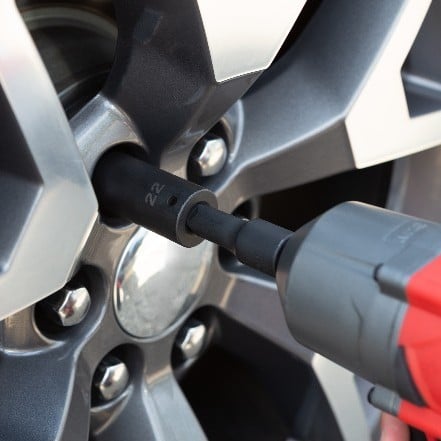
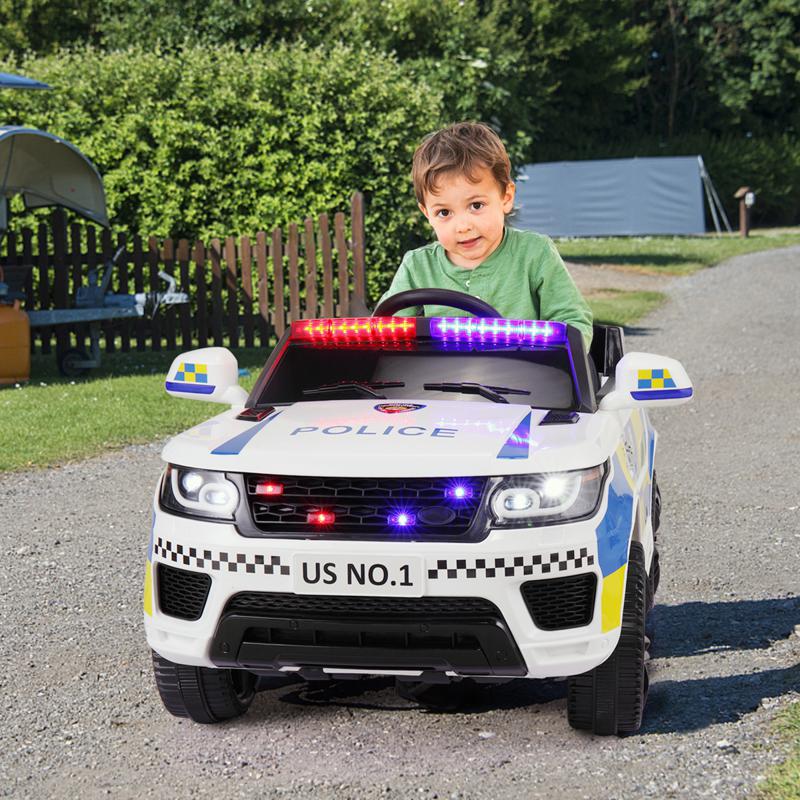
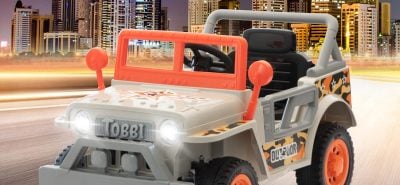
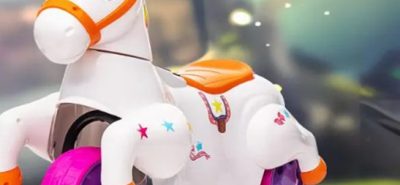


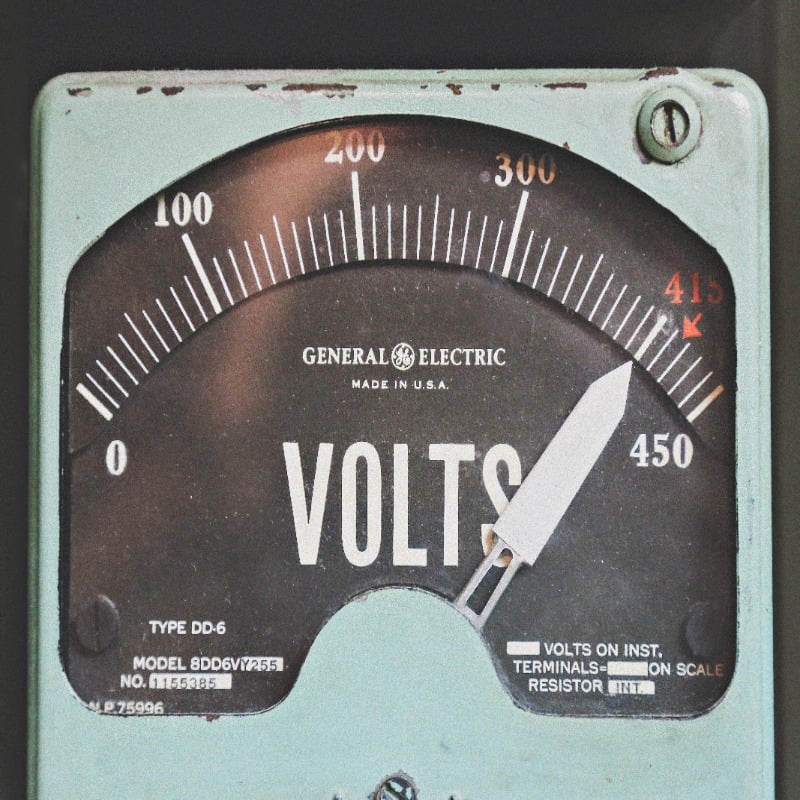
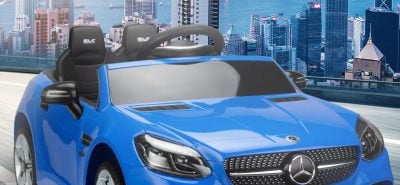

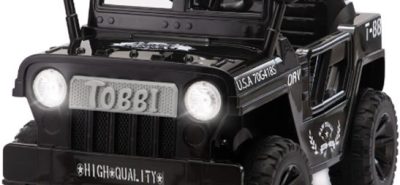
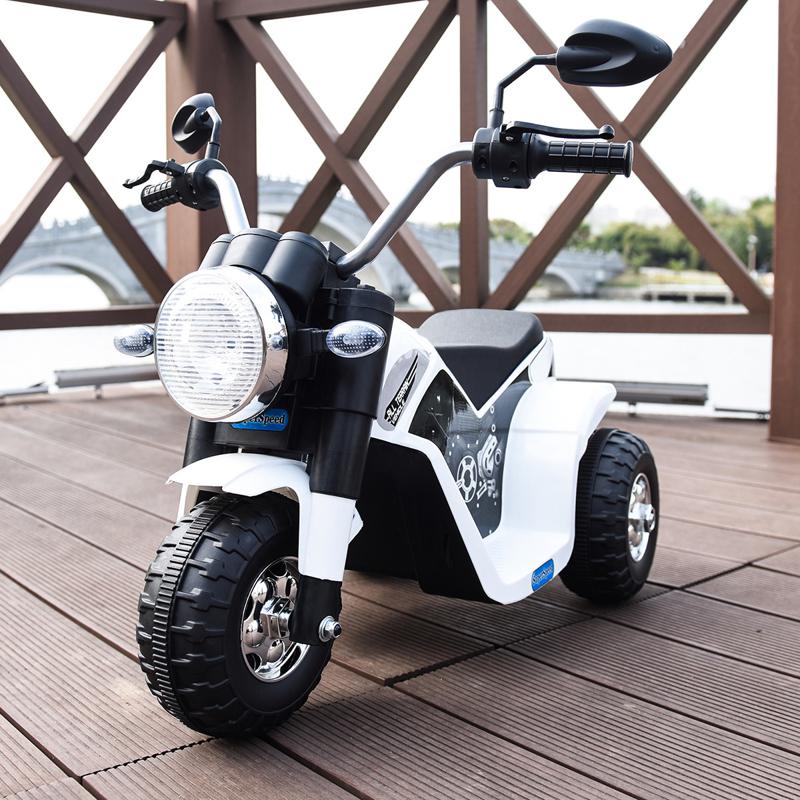
LEAVE A COMMENT
You must be logged in to post a comment.